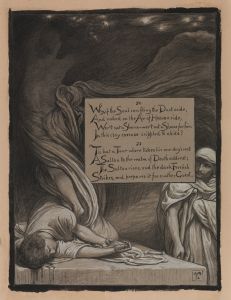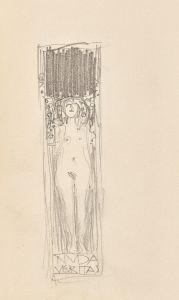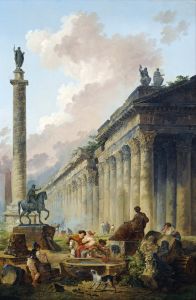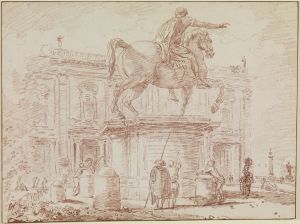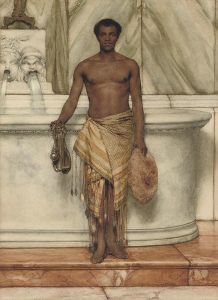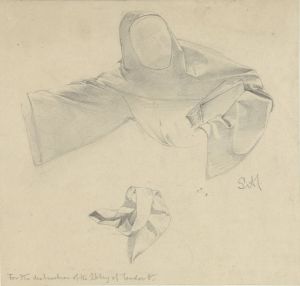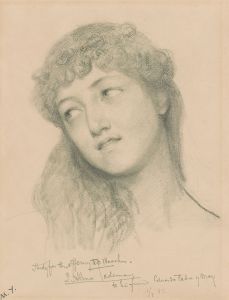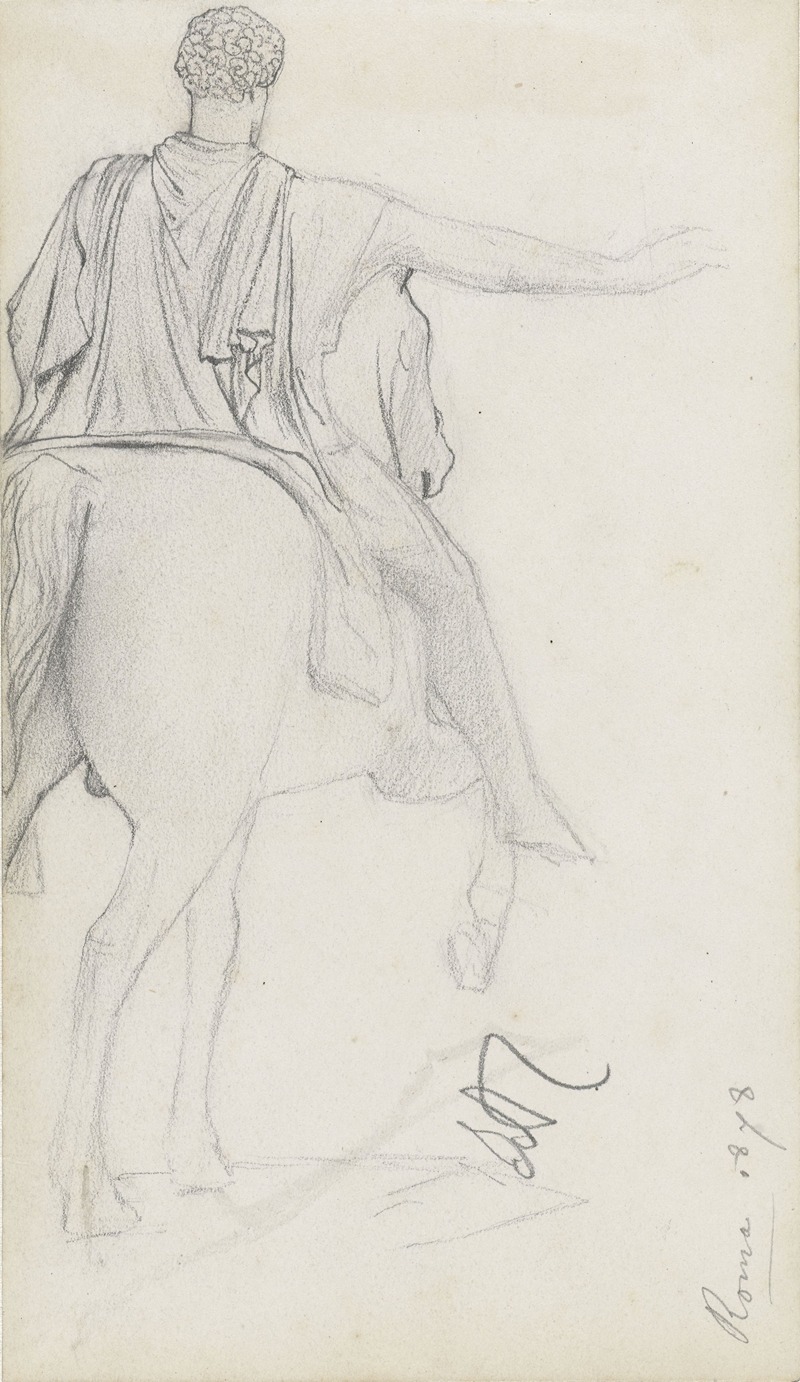
Standbeeld van Marcus Aurelius
A hand-painted replica of Lawrence Alma-Tadema’s masterpiece Standbeeld van Marcus Aurelius, meticulously crafted by professional artists to capture the true essence of the original. Each piece is created with museum-quality canvas and rare mineral pigments, carefully painted by experienced artists with delicate brushstrokes and rich, layered colors to perfectly recreate the texture of the original artwork. Unlike machine-printed reproductions, this hand-painted version brings the painting to life, infused with the artist’s emotions and skill in every stroke. Whether for personal collection or home decoration, it instantly elevates the artistic atmosphere of any space.
Lawrence Alma-Tadema was a Dutch-born British painter known for his depictions of the luxury and decadence of the Roman Empire, often featuring elaborate architectural settings and meticulous attention to detail. One of his works, "Standbeeld van Marcus Aurelius" (translated as "Statue of Marcus Aurelius"), is a painting that exemplifies his fascination with the classical world.
Alma-Tadema was born on January 8, 1836, in Dronrijp, the Netherlands, and later moved to England, where he became a prominent figure in the Victorian art scene. His works are characterized by their archaeological accuracy and romanticized portrayal of ancient times. He was particularly interested in the Roman Empire, which is evident in many of his paintings, including "Standbeeld van Marcus Aurelius."
The painting "Standbeeld van Marcus Aurelius" is believed to depict a scene involving the statue of the Roman Emperor Marcus Aurelius, who ruled from 161 to 180 AD. Marcus Aurelius is often remembered as a philosopher-king, and his reign is marked by his writings on Stoic philosophy, particularly the "Meditations." The equestrian statue of Marcus Aurelius, which still stands in Rome today, is one of the few bronze statues of a Roman emperor to have survived antiquity, largely because it was mistakenly thought to represent the Christian Emperor Constantine and thus was preserved.
Alma-Tadema's painting likely captures the grandeur and reverence associated with the emperor and his statue. His works often feature figures in classical dress, set against backdrops of opulent architecture and lush landscapes, reflecting his interest in the aesthetics and culture of ancient Rome. Alma-Tadema's attention to detail and historical accuracy was informed by his extensive study of Roman artifacts and architecture, which he often incorporated into his compositions.
The painting style of Alma-Tadema is characterized by its smooth brushwork and vibrant color palette, which bring a sense of life and immediacy to his historical subjects. His ability to evoke the atmosphere of the ancient world made his works popular during his lifetime, and they continue to be appreciated for their artistic and historical value.
Alma-Tadema's influence extended beyond the art world; his depictions of ancient Rome have inspired filmmakers and set designers, contributing to the visual language of historical epics in cinema. His works are held in various collections, including major museums and galleries, where they continue to be studied and admired for their contribution to the understanding of Victorian interpretations of classical antiquity.
While specific details about the painting "Standbeeld van Marcus Aurelius" are limited, it fits within Alma-Tadema's broader oeuvre, which celebrates the beauty and complexity of the ancient world through a Victorian lens. His legacy as an artist lies in his ability to transport viewers to a bygone era, offering a glimpse into the past through his meticulously crafted and richly detailed paintings.






